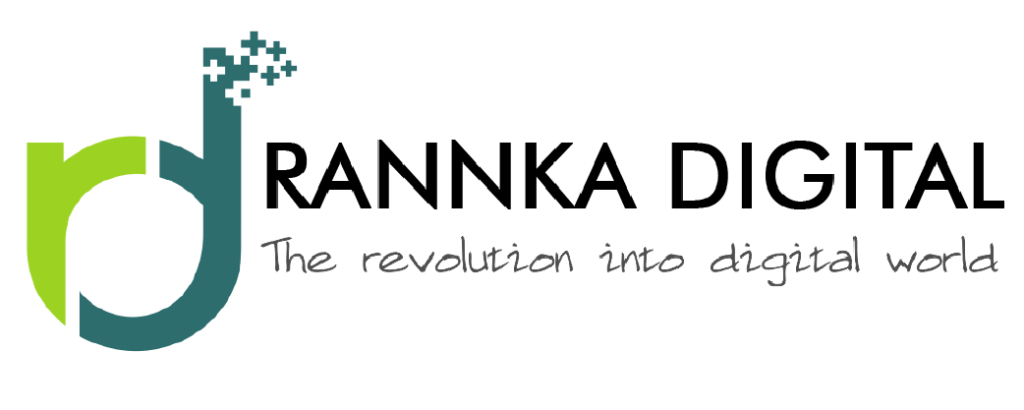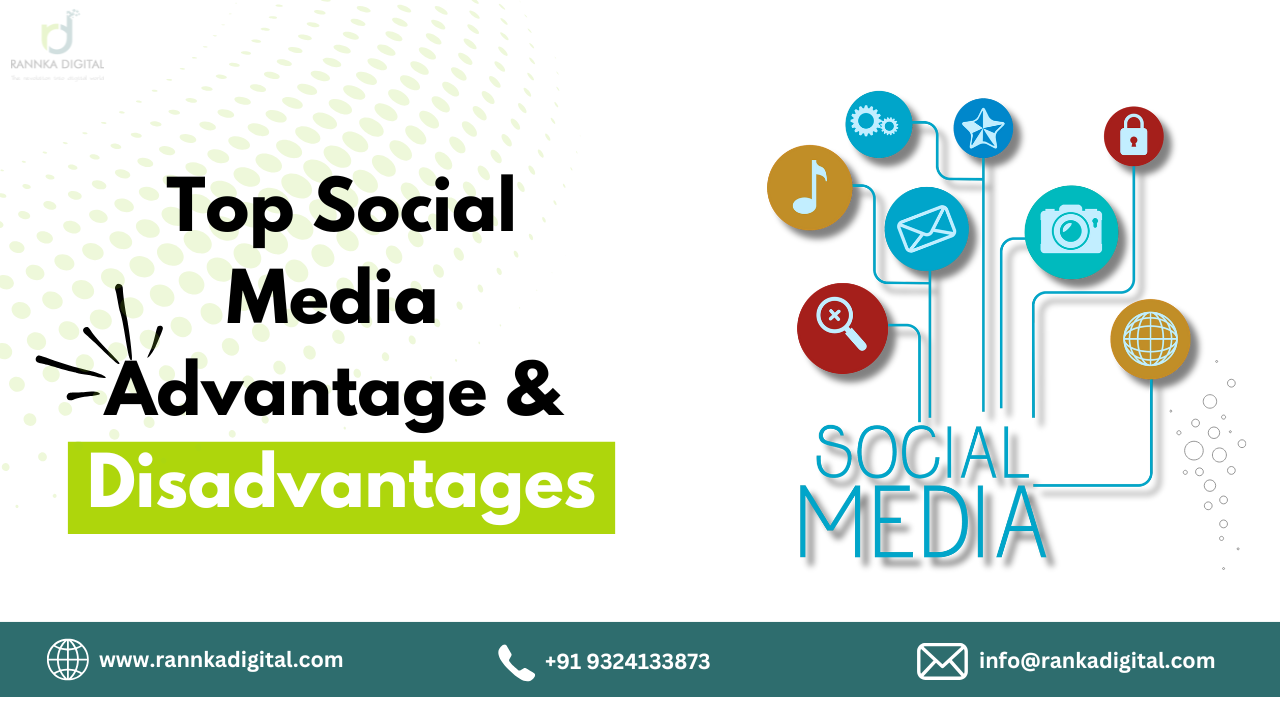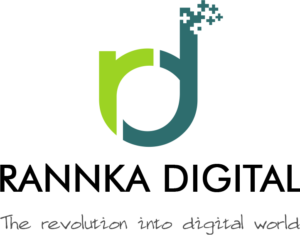In our digitally intertwined world, social media has become an integral thread in the fabric of our everyday existence. Whether you’re scrolling through your feed for news, connecting with old friends, or promoting your brand, the influence of these platforms is undeniable. But like a double-edged sword, the benefits of social media come with hidden drawbacks that often go unnoticed. Are you using social media to its full potential, or are you getting swept away by its pitfalls?
The advantages of social media are numerous: it enhances global communication, provides a platform for creative expression, and opens doors to endless opportunities for learning and networking. For businesses and individuals alike, it’s a powerful tool to build relationships, share ideas, and amplify voices. Yet, this digital revolution has a darker side. The disadvantages of social media are just as impactful, if not more subtle. From privacy concerns to the addictive nature of constant notifications, social media can create stress, foster misinformation, and impact mental health, especially in younger users.
The impact of social media on students is particularly profound. While it provides an educational platform and a space for self-expression, it also exposes them to cyberbullying, unrealistic expectations, and distractions that can hinder academic performance.
It’s time to unveil the truth behind these platforms. Dive in as we explore the advantages and disadvantages of social media, revealing the six key ways it can shape — and sometimes break — our digital and real-world experiences.
The Advantages of Social Media: A Force for Good
1. Enhanced Global Connectivity
The most obvious advantage of social media is its ability to connect people across continents in real time. Platforms like Facebook, Instagram, and Twitter allow individuals to build communities, regardless of geographical boundaries. This global connectivity fosters friendships, collaborations, and even movements that can spark social change. The positive impact of social media on youth is clear, especially when it provides an outlet for self-expression and creativity that might not be available in their physical surroundings.
2. Educational and Professional Opportunities
For students and professionals alike, the advantages and disadvantages of social media are significant. On the positive side, these platforms offer unprecedented access to information, online courses, tutorials, and educational communities. The impact of social media on students can be positive when it enhances learning, provides networking opportunities, and creates avenues for internships or collaborations.
Moreover, the advantages of digital marketing via social media cannot be overstated. Businesses now have direct access to their audiences, often engaging in personalized, interactive campaigns that increase brand awareness and loyalty. Whether it’s a small business owner running Instagram ads or a multinational corporation launching a campaign on Facebook, social media has revolutionized marketing.
3. Amplification of Voices and Social Movements
The impact of social media on society is evident through its ability to amplify marginalized voices. Platforms give people the opportunity to speak out on social issues, mobilize others, and raise awareness in ways that were previously unimaginable. From #MeToo to climate change activism, social media has given rise to movements that transcend traditional media outlets. This amplification has democratized information, allowing more diverse perspectives to enter mainstream conversations.
4. Bridging the Gap Between Brands and Consumers
One of the most remarkable advantages of social media for businesses is the direct line of communication it establishes between brands and consumers. Whether it’s through comments, direct messages, or live streams, companies can engage with their customers in real-time, gathering feedback and making improvements quickly. This immediate connection not only builds trust but also humanizes brands, making them more relatable.
5. Fostering Creativity and Innovation
For creatives—whether they’re artists, writers, photographers, or designers—social media is a treasure trove of inspiration and exposure. It has allowed millions to showcase their talents, collaborate with others, and even monetize their passions. Platforms like Instagram and YouTube have given rise to influencers and content creators who have turned their creative pursuits into full-fledged careers. The positive impact of social media on youth is evident when young creators use these platforms to share their art, music, or innovative ideas with a global audience.
6. Building Communities and Support Systems
Another significant advantage of social media is its role in building communities. For people who feel isolated, finding like-minded individuals online can be a lifeline. Whether it’s support groups for mental health, niche interest forums, or professional groups on LinkedIn, the ability to connect with others can foster a sense of belonging. The role of social media in creating these support networks cannot be underestimated, especially for people in marginalized communities.
The Disadvantages of Social Media: The Dark Side
While social media offers countless benefits, it also comes with significant drawbacks. The disadvantages of social media can affect mental health, personal relationships, and even societal cohesion.
1. The Erosion of Privacy
One of the most glaring disadvantages of social media is the erosion of privacy. From oversharing personal details to the data collected by companies for targeted ads, social media users are often unaware of how exposed their lives are online. The effects of social networking sites on privacy are profound, as users often trade their personal data for free services without fully understanding the long-term implications.
2. Addiction and Mental Health Issues
The impact of social media in our life has been both positive and negative, with addiction being a major concern. The constant need to check notifications, likes, and messages has led to what many experts describe as social media addiction. This addiction can trigger anxiety, depression, and feelings of inadequacy, especially when users compare their lives to the curated highlight reels of others. For students, the impact of social media on students can be particularly harmful, as it may distract from studies, lead to cyberbullying, or contribute to body image issues.
3. Spread of Misinformation
Another downside to the impact of social media on society is the rapid spread of misinformation. False news stories, conspiracy theories, and harmful health advice can go viral in a matter of hours, misleading millions of people. The platform’s algorithms, which prioritize engagement, often exacerbate this issue by promoting sensational content. As a result, the merits and demerits of social media must be carefully weighed, as misinformation can have serious consequences, from political unrest to public health crises.
4. Social Media and Loneliness
Despite its promise to connect people, social media paradoxically makes us feel more isolated. The phrase social media makes us less social is a reflection of how these platforms can undermine face-to-face interactions. People may feel more comfortable interacting through a screen than in person, leading to a decline in genuine human connections. This disconnection is particularly harmful to younger users, who may substitute virtual relationships for real-world friendships.
5. Pressure to Maintain a Perfect Image
Another significant disadvantage of social media is the pressure it creates to present an idealized version of oneself. The curated feeds filled with perfect vacations, flawless selfies, and extravagant lifestyles create unrealistic expectations. This can lead to feelings of inadequacy, particularly among teenagers and young adults who are already grappling with self-esteem issues. The positive and negative effects of social media on youth are clear, but the pressure to maintain a perfect image is a growing concern.
6. Cyberbullying and Harassment
Perhaps one of the most troubling disadvantages of social media is the rise of cyberbullying. The anonymity afforded by the internet has emboldened some individuals to engage in harmful behaviors, including harassment, trolling, and doxxing. For students, the advantages and disadvantages of social media for students are stark, as the rise of cyberbullying can have long-lasting emotional and psychological effects. The impact of social media on students is profound in this regard, as online harassment can disrupt learning, damage self-esteem, and even lead to severe mental health issues.
Balancing the Merits and Demerits of Social Media
Understanding the advantages and disadvantages of social media is crucial for navigating this digital age. As a tool, it can either elevate our lives or detract from them, depending on how it’s used. The advantages of digital marketing, for example, allow businesses to grow rapidly, while the disadvantages of social media can make users vulnerable to privacy risks and mental health challenges. It’s a balance that requires awareness and intention.
Students and young users, in particular, must be taught how to use social media responsibly. The impact of social media on students is profound, with both positive opportunities for learning and networking, and negative risks like cyberbullying and distraction. For those engaging in debates such as a social media group discussion, it’s essential to recognize both sides of the coin—the good, the bad, and everything in between.
The Dual Nature of Social Media
As we’ve unveiled the six key advantages and disadvantages of social media, it’s clear that this powerful tool is both a blessing and a curse. It can connect us, educate us, and give us a platform to express our opinions and talents. Yet, it can also isolate us, mislead us, and expose us to harmful behaviors. In the end, the impact of social media on society depends on how we choose to engage with it. By being mindful of its power and its pitfalls, we can harness the benefits while mitigating the risks. The question we must all ask ourselves is: are we using social media, or is social media using us?


